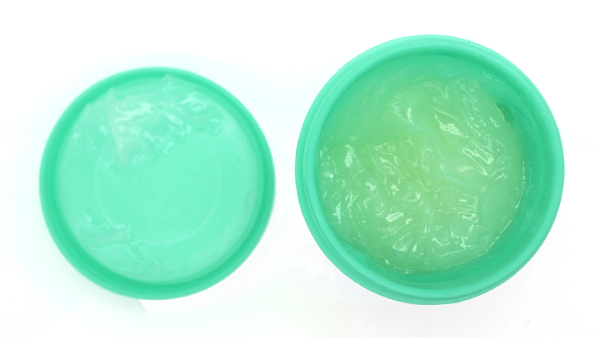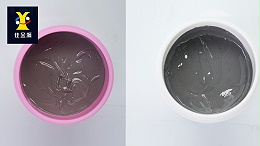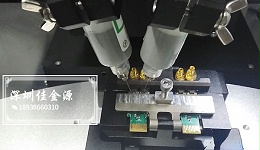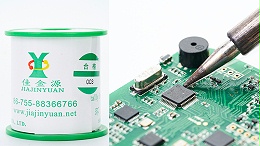
Nowadays, there are many types of flux materials, and many factories are not quite sure when choosing them. There are three major categories of flux materials: rosin, flux, and solder paste. There are also many types of functional subdivisions. Below, the solder paste manufacturer will first introduce this product, solder paste, to everyone:
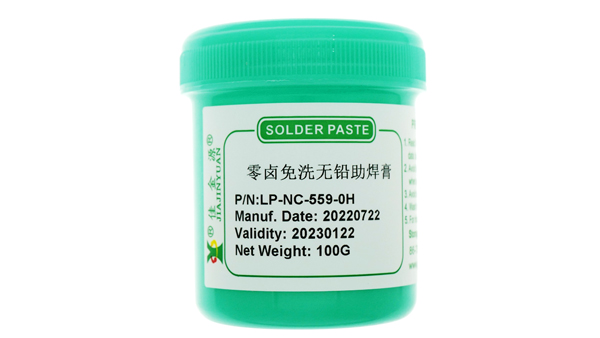
This oneLP-NC-559-0HThis is a no-rinse zero-halogen lead-free solder paste. The residue color is very light and extremely highSIRThe value is very suitable for useBGA,CSPWait for the repair of the ball array solder joints and replenishment of the balls.
Generally applicable to mobile phonesPCB,BGAandPGASuch asSMDThe rework flux paste is used in low-ionic activator systems. It has a fast tinning speed, very low smoke emission, and a high surface insulation resistance value after the residue is cured. Therefore, it causes very little electrical interference to communication products such as mobile phones.
Then how should one make a choice?
Matching melting points: To be compatible with the use of brazing filler metals The melting point of the selected flux paste should be lower than that of the filler metal10-30℃. If the melting point of the flux paste is too lower than that of the solder, it is prone to melting prematurely, resulting in the premature failure of the active components of the flux. According to the characteristics of the surface oxide film: For slightly alkaline oxide films, acidic flux paste should be selected; For slightly acidic oxide films, a slightly alkaline flux should be selected.
According to the brazing process: Different forms of flux paste should be selected based on the specific process. For instance, liquid flux paste should be chosen for wave soldering, paste flux for high-frequency or medium-frequency induction brazing, and powder flux or paste flux for flame brazing, etc.
According to the characteristics of the substrate: Different substrate materials have different surface oxide films, and the types of solder paste selected also vary significantly, especially for some difficult-to-weld metals, such as magnesium-containing aluminum alloys, stainless steel, and hard alloys. To ensure the welding performance of magnesium-containing aluminum alloys, fluxes with strong activity are usually selected.
The above is an introduction to this one for everyoneFlux pasteLet's take a look at the application. If you want to know more about the other two types of fluxes or learn more about soldering, please continue to follow the online message of JJY Solder Paste Factory to interact with us.
